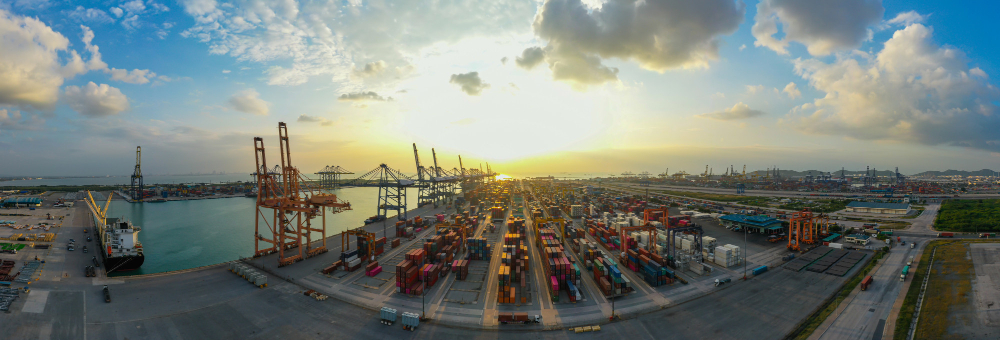The possibility of damaged freight scares most shippers. They are always looking to implement strategies to reduce freight damage to minimize their shipping costs. Most shippers fail to comprehend how much of an impact damaged freight can have over their total shipping costs. Fortunately, you have many different strategies available to minimize the potential of a damaged shipment.
Why Prevent Damaged Freight?
The first and most important benefit of reduced freight damage is monetary. The second benefit is improved customer satisfaction. Damage-free products will be delivered without transit delays and improve your customer service.
Avoiding bad outcomes is essential for any business to increase its profits and overall efficiency.
Packing Procedure:
If you experience high product damage in transit, it could be faulty packing. So, it would help if you focused your efforts on packaging the products correctly. Shipment packaging is one of the most critical considerations in freight damage. Inadequate packaging can make your products prone to injury.
There are different reasons for poor packaging. Most shippers choose low-quality material because it is the most cost-effective. They don’t think of the consequences they will have to face in the end.
As such, you are improving the quality of your packaging, which will reduce the risk of freight damage to a great extent.
Invest in Your Packaging:
Shippers consider packing material an additional cost, but this is not true. The reality is that packing materials are essential for the safety and protection of your loads. They form a cushion against any trauma your load may experience while in transit.
Rather than considering the packing material as an extra cost, it would help if you thought of it as an investment. Also, we recommend that you use packing material only once. Re-using the material may seem cost-effective, but this eventually weakens the packaging. So, it is a possibility that your packing materials will fail.
When packing the products, the packaging should be examined to ensure that no part is damaged. Damaged pallets, adhesives, cardboards, and straps have a higher chance of failure than new undamaged packaging.
We also advise shippers to use high-quality materials. This includes both packaging and adhesives. Good quality products will be able to withstand rigorous traveling conditions. Even small changes like replacing industrial adhesives with packing tape can make a big difference. This can make your products’ journey a lot safer.
Third-Party Logistics Provider:
One of the easiest ways to reduce the potential of damaged freight is by hiring a third-party logistics company. Because of their experience in this specific field, they will be able to provide you with valuable insight to avoid significant damages. They will introduce you to all the best practices to reduce freight damage.
FAQs
Q1-What happens if freight is damaged?
No one wants to deal with missing or damaged goods or filing freight claims, but sometimes it happens. The carrier will refund a portion of your shipping costs with proper evidence. However, you’ll have to pay your freight invoice upfront and get reimbursed for any losses when the claim is processed.
Q2- How do you handle damaged freight?
You can handle damaged freight in the following way:
Accept the damaged goods from the driver and document everything damaged. Keep the cargo with its actual packing. Pay the shipping charges and file a claim as soon as possible.
Conclusion:
Although freight shippers think of load damage as a cost of doing business, implementing effective strategies can help reduce additional expenses. Freight damage can result in reputation harm and lead to reduced customer satisfaction. No shipper wants that. They always want to avoid these adverse outcomes. The strategies mentioned above can help in this regard.
Also Read: Pro Tips For Truck Drivers To Avoid Deadhead Miles




